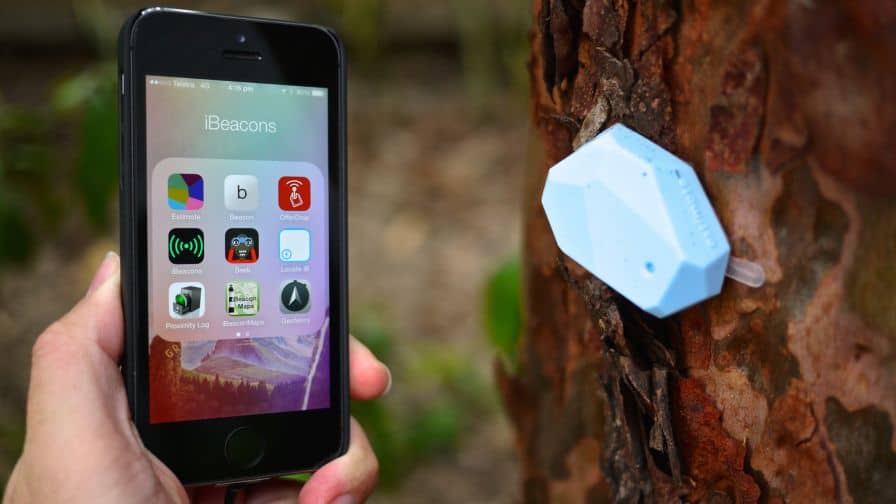The new possibilities that beacons and proximity technology are ushering in are truly limitless. For the first time, businesses and brands can digitally communicate with their users based on their exact proximity to any place, or any object. One must however be diligent in providing services that end users actually find of value. Early findings point to a five times increase in shopper interaction and an increase of in-store app usage of up to 16 times when proximity is used carefully and with tangible end user value, but at the same time we see them react negatively when pinged left and right.
Physical retail is struggling to compete against digital retail. With more stock, lower prices and no queues, more and more people are doing their shopping online. With proximity and beacon technology installed, physical retail can play on its strengths – that the customer can see, feel and try the products – while introducing many of the advantages of online retail. As an example, if a certain product is not in stock or you want another colour or size, a beacon can take you straight to the web shop to purchase it while you are still in-store. And since this customer dialogue is digital while in-store, physical retailers will increasingly have access to customer data similar to that which digital retailers have been utilising for quite some time now.
With the increased demand for proximity and beacon technology from retailers and brands around the world, we see a whole new industry emerging: The Proximity Industry. It is expected that by next year $40 billion in physical sales will be already be attributable to beacons and that by 2019, 60 million beacons will have been deployed, and with that the proximity industry will explode in size. There are about 200 companies offering proximity products globally today, and new ones are entering every week.
Context is king
More and more of online communications are placed on the basis of customer data. This is referred to as programmatic buying, and is a more efficient way to communicate than buying fixed placements in media A or media B. And this is also why TV and Cinema are now starting to experiment with programmatic buying.
One of the bigger limitations of working with targeted or programmatic communication today, most often in the form of ads, has been the disconnect between the physical and digital consumer. This is why marketers globally have labelled making this connection “the holy grail of marketing”. The physical consumer is today seen in-store (only) and greeted with mass communication like posters or asynchronized communication like emails, notifications or text messages (not connected to the user’s location), while the digital customer is naturally seen in digital domains. The advantage with digital channels is the data quality and quantity, cross channel relevance and ubiquity, meaning that the communication is over time more relevant to the specific customer. But as an average user is only 30% online and 70% offline of their awake time, the amount of perceived irrelevant communication online is still too high.
One obvious challenge is that the offline customer and the online customer might very well be the same one, resulting in inefficient spending from the advertiser (which typically is the retailer/brand themselves) and a substantial limitation in campaign possibilities. With proximity and beacon technology installed in more and more physical locations, offline data sets are available for the first time to online media globally.
Facilitating the bridge between offline and online data through proximity technology is of huge value in itself, but to truly fulfil the inherent value of proximity and the proximity industry we need a greater sense of offline profiles than the ones gathered within the silos at specific physical locations. We need to understand the customers’ journey across locations. Importantly, as with all usage of customer data, privacy must be core, and any futureproof data provider has to treat privacy as a feature. Customers are willing to trade some of their data if they get valuable services back, and if they know what they have opted into. At the same time, they expect to be able to review their own collected data and if wanted, to be able to delete it. Staying inside the legal framework is of course a given.
The full potential of proximity is not something any one of us can fully grasp yet, it is simply too early, but at Unacast we are certain that the creation of a network will be the catalyst to unleashing this potential. This is why we have teamed up with some of the most prominent PSPs globally and are together expanding the boundaries of proximity.

